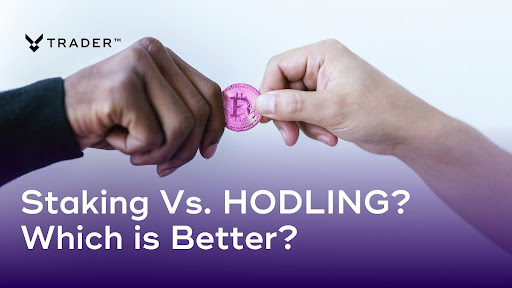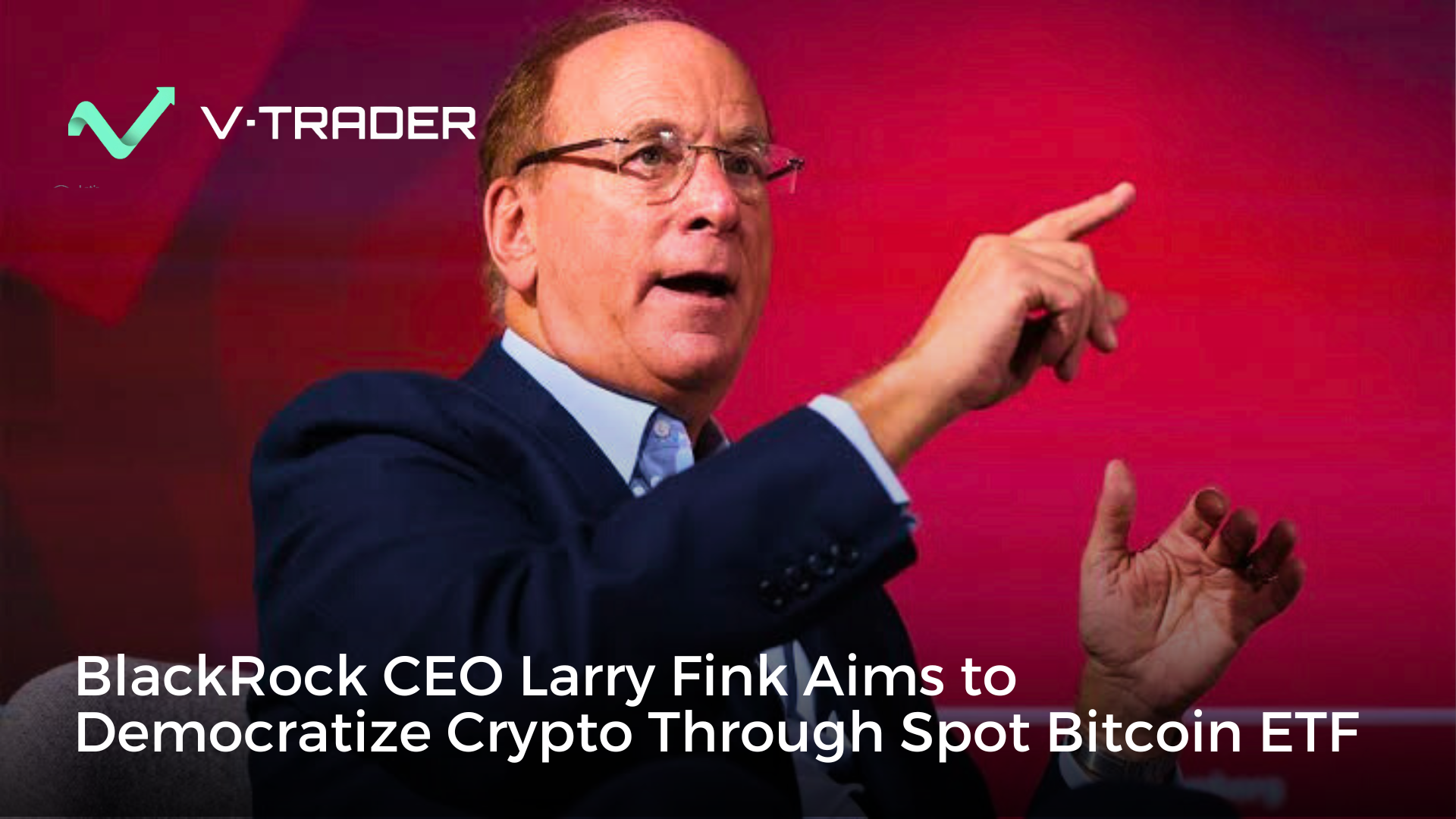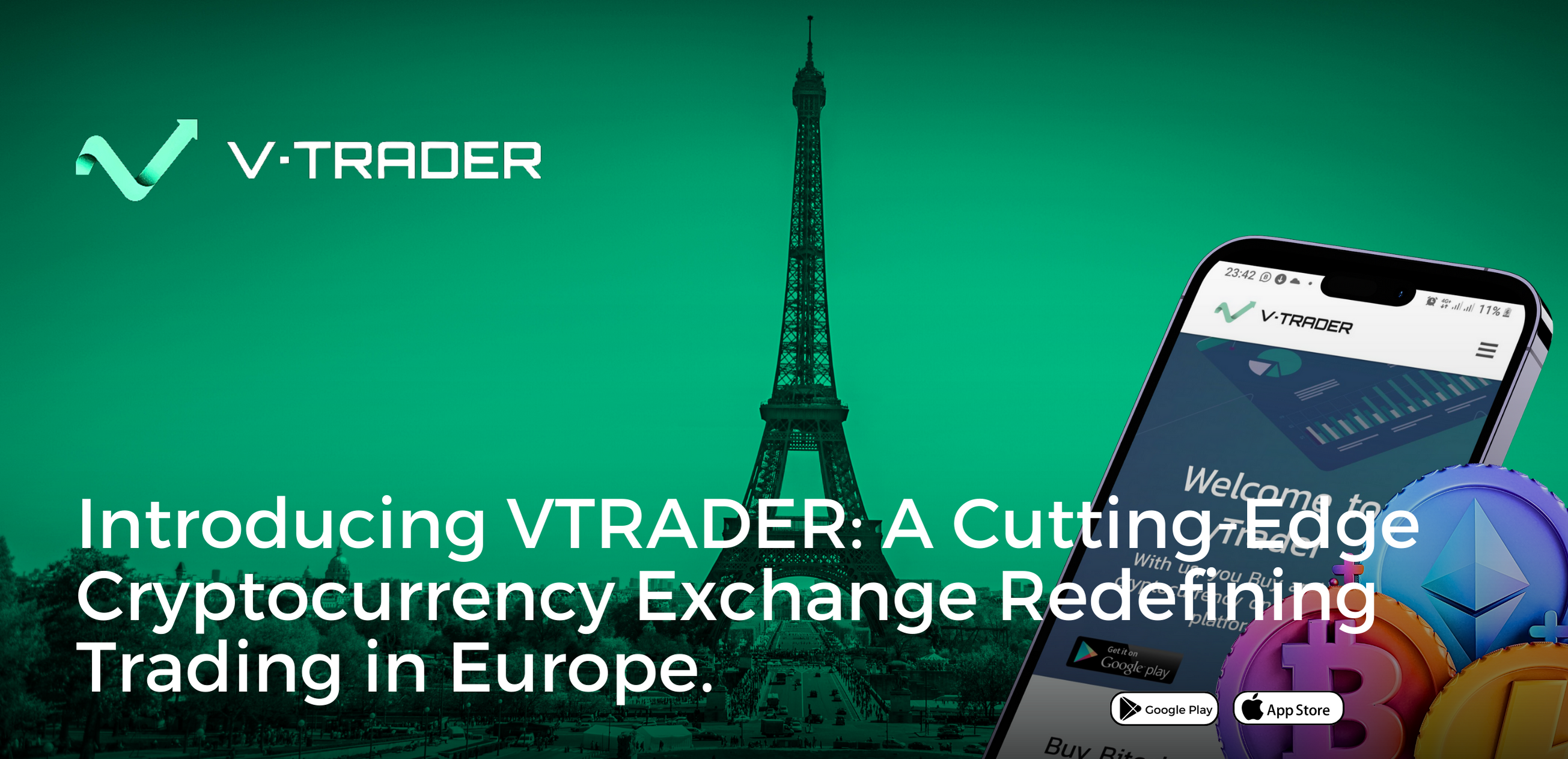This guide is part of the “Guide to Staking Crypto” series.
You’ve bought some crypto. Great. Now what?
Do you lock it up and earn rewards? Or hold onto it and see what happens? Those are the two big camps: staking and HODLing. Each has its own benefits, its own risks, and a very different feel. This isn’t about what’s “best.” It’s about what works for you.
Let’s break it down in plain terms so you can make a smarter call.
First, What Is Staking?
Staking is how you earn rewards by helping secure a blockchain. You lock up your tokens, and the network gives you a payout. That’s the simple version.
Behind the scenes, you’re backing a Proof-of-Stake (PoS) system. Your crypto helps process transactions and keep everything running. You don’t need to know every technical detail, but it helps to know what you’re actually signing up for.
Here’s How It Works
You choose a network. You pick a validator. You commit your tokens for a set amount of time. While they’re locked, they’re helping the chain run—and you get rewarded for that.
Returns vary. Some networks pay 4 percent. Others, closer to 12. It depends on the asset, the validator, and what’s happening in the broader market.
Why It’s Worth Considering
- You earn passive income.
- You support decentralization and network health.
- You can reinvest your rewards and grow your position over time.
Heads-Up on the Risks
- Your tokens are locked while you’re staking. You won’t be able to sell during that period.
- If the validator underperforms or goes offline, you could lose part of your rewards—or even part of your stake.
- Your tokens are still exposed to price drops while staked.
Start small. Learn how it works. Platforms like vTrader make it easy to test the waters without diving in headfirst.
Now, Let’s Talk About HODLing
HODLing started as a typo. Someone meant to type “hold” and wrote “HODL” instead. The term stuck. Now it’s a strategy—and a mindset.
You buy crypto and you sit on it. That’s it.
There’s no lock-up period. No validator to worry about. No extra yield either. You’re in it for the long haul, riding the market’s ups and downs without flinching.
The Appeal of HODLing
It’s easy. You don’t need to do much. You just need conviction.
You’re betting on the future value of your asset. You believe that the price will go up over time—and you’re willing to wait.
Bitcoin is the obvious example. In 2013, it was $13. By 2025, it’s over $85,000. Wild swings along the way, but the long-term trajectory? Up.
What Makes It Work
- You don’t have to manage anything.
- You skip trading fees.
- You let time do the heavy lifting.
What You’re Risking
- Crypto crashes are real. Bitcoin dropped 80 percent in 2018. Then again in 2022.
- You’re not earning yield while you wait.
- You might miss better opportunities if your funds just sit.
HODLing takes patience. It takes nerve. It works best if you truly believe in what you’re holding.
Side-by-Side: Staking vs. HODLing
| Staking | HODLing | |
| Goal | Earn consistent passive income | Grow wealth through long-term gains |
| Effort | Minimal setup, some maintenance | None |
| Rewards | Regular payouts (3–12% annually) | No rewards unless price increases |
| Liquidity | Funds are locked for a set time | Funds are available anytime |
| Risks | Validator slashing, price swings | Market crashes, no income, missed yield |
| Best For | Income-focused investors | Long-term holders who can stay calm |
You don’t have to pick one. You can do both. Just depends on your goals.
Which One Fits You?
You might like staking if:
- You want your crypto to earn something without doing much.
- You’re okay locking up funds for a while.
- You like seeing steady, predictable returns.
Example: Sarah staked 10 ETH through vTrader. After six months, she’d earned 0.3 ETH. She’s planning to compound it and stake even more next cycle.
HODLing could be your move if:
- You believe the asset’s price will rise over the next few years.
- You can stomach some heavy dips.
- You don’t need liquidity right away.
Example: John bought 1 BTC at $300 in 2015. He didn’t sell during crashes. By 2025, it’s worth over $85,000. He’s glad he held.
Both strategies can win. They just win in different ways.
How vTrader Makes Either Strategy Simple
No matter how you play it, vTrader has you covered.
If You’re Staking
- Stake assets like ETH or SOL in a few clicks.
- Use the learning center to brush up on strategy.
- Trust secure infrastructure to protect your funds.
If You’re HODLing
- Store your crypto safely in vTrader’s wallets.
- Track your assets with real-time market tools.
- Hold long-term without paying extra in fees.
Some users stake a portion of their crypto and HODL the rest. That way they get income now and exposure to long-term gains. vTrader makes that mix easy to manage.
Final Word
Both strategies are valid. Staking rewards you for showing up and contributing to the network. HODLing is all about long-term belief and big-picture thinking.
Your strategy depends on your risk tolerance, timeline, and personal goals. There’s no right or wrong here.
vTrader gives you the tools to try both and decide what works. Whether you’re earning yield or building for the future, you’re in control.
So what’s it going to be?
Stake. HODL. Or both.
Your move.

Steve Gregory is a lawyer in the United States who specializes in licensing for cryptocurrency companies and products. Steve began his career as an attorney in 2015 but made the switch to working in cryptocurrency full time shortly after joining the original team at Gemini Trust Company, an early cryptocurrency exchange based in New York City. Steve then joined CEX.io and was able to launch their regulated US-based cryptocurrency. Steve then went on to become the CEO at currency.com when he ran for four years and was able to lead currency.com to being fully acquired in 2025.


